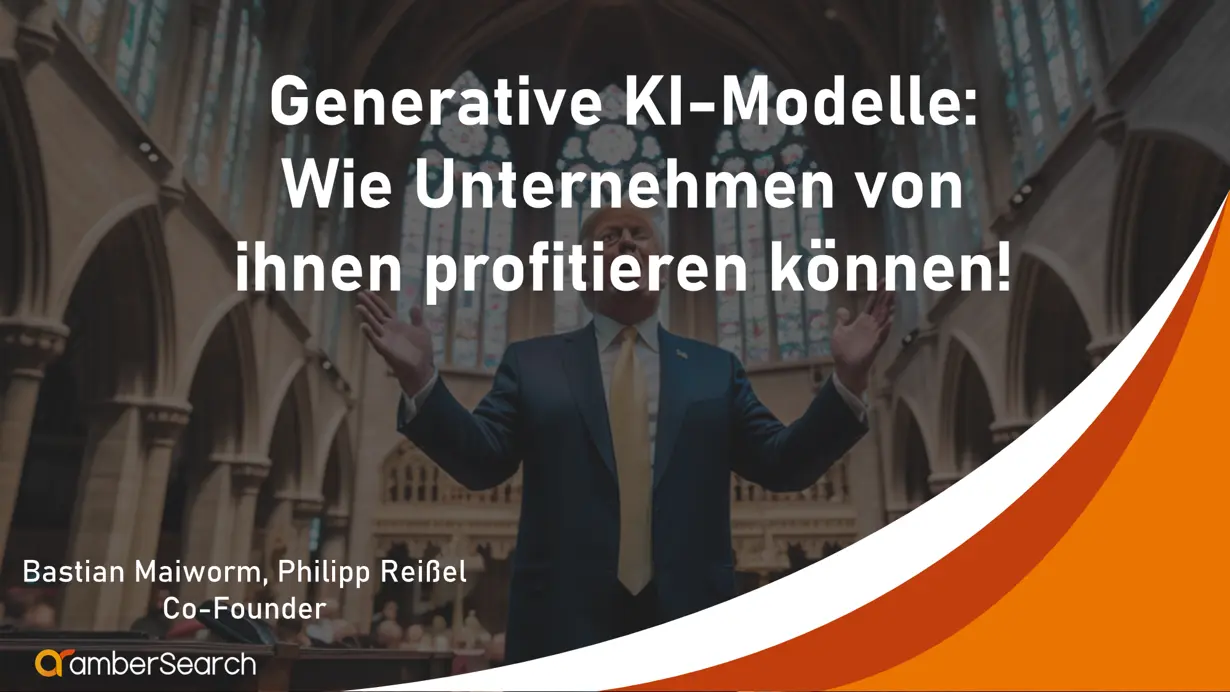In its 125-year history, the globally active company Zentis has grown to over 2,000 employees with 5 production sites. As one of the leading foodtech companies in its sector, Zentis is an innovative pioneer and global trendsetter in the development of recipes and customised solutions for various market players.
Table of Contents
To ensure that this remains the case, Zentis invests in a large, international R&D team which is constantly developing the latest findings in the field of food technology until they are ready for the market.

In order to make the developed know-how on the decentralised structures more accessible for the employees, the Zentis team already planned the implementation of the CREOS project for the year 2021. The aim of this project is to make the existing know-how accessible to all employees in the R&D department.
The Challenge
The challenge to be solved at Zentis: As an international R&D team, the know-how is not only distributed in different languages, but also at different locations. Within these locations, the knowledge was in turn distributed in different systems such as d.velop, MS365 or network drives. Another challenge: until amberSearch joined the project, colleagues could also only search for information on their own drives and not across countries.
The collaboration – phase 1
Since the collaboration came about through a recommendation from Aachen, the initial plan was to try out amberSearch on a small scale. In a first phase of the collaboration, amberSearch was therefore set up for the German systems as well as a selection of the English-language systems.
When the system was set up from the technical side – taking into account all access rights – a selected team of key users was allowed to access the system. At this point, the new R&D portal in Zentis’ SharePoint was also made available to the key users. Although it was not planned at the beginning, amberSearch is now one of, if not the central part of the R&D portal and enables the R&D staff to access the various information systems centrally – from within SharePoint. Fittingly, amberSearch was internally named “Umbrella Search” – the all-encompassing search.
“If you had asked me a year ago how our CREOS project would develop, I would certainly not have guessed in this direction. All the nicer that it has now turned out that way anyway.”
Dominik Heisterüber, Head of Zentis Research
The big advantage for the Zentis team:
The big advantage for the Zentis team:
Where previously the employees had to go to each system individually and often didn’t know where exactly the right information was, this can now be accessed via a central location.
“We were not entirely unsullied by experience with enterprise search,” says Phillip König, Head of Business Process Optimisation at Zentis. “However, the existing system still had significant potential for improvement, so we gave amberSearch the chance to show what they could do.” The quality and speed with which the software displays the results was particularly convincing. A special feature was also the UX, which is really amazingly similar to that of internet search engines.
“Some advertise with the slogan “Like Google”, but other solutions don’t come close to the UX. In this case, however, I can already say that the amberSearch engineering team did an excellent job here.”
Phillip König, Head of Business Process Optimisation at Zentis
In addition to the technology, the type of cooperation as well as the honesty and openness with which both sides have met to date were also convincing.
“With the cooperation, we were able to prove that start-ups and globally active companies can work perfectly together and that the clash of worlds is not always as big as initially assumed. I was particularly impressed by the agility with which the project was carried out by both sides,” comments Co-Founder Bastian Maiworm on the collaboration.

Try amberSearch now:
The collaboration – phase 2
In the second phase of the collaboration, the implemented system was to be expanded again. On the one hand, this included the rest of the R&D department, but on the other hand, it also included the cross-national connection of, for example, network drives as well as international DMS systems. Another homework the amberSearch team was given was the integration of a translation function. From the first phase of the collaboration it emerged that although everyone in the team spoke English, not everyone spoke German. However, as a German company, Zentis has a significant dataset of German information – which until now may have been accessible but not understandable to the majority of employees.
To solve this, amberSearch integrated 2 functions: Cross-linguality & the translation of found results. With the enhanced functionality, users can now search in both English and German and choose which language to display results from. If results are displayed from a language that does not correspond to the original language of the search query, the result is translated. This way, the user gets the result in the language he or she understands.
Both sides are also pleased that interest has already been expressed from other departments in the company and the new Umbrella Search is being eyed accordingly.
Technical challenges
As described earlier, the project became bigger than originally planned. Igli Manaj, CTO & Co-Founder of amberSearch: “We had other international clients before, but not on this scale and complexity. Looking back, the work was very professional and both sides were able to build up a lot of know-how.” One of the technical challenges, for example, was maintaining access rights across different data sources. In addition, the employees can access the different network drives via amberSearch and thus do not need another VPN connection.
